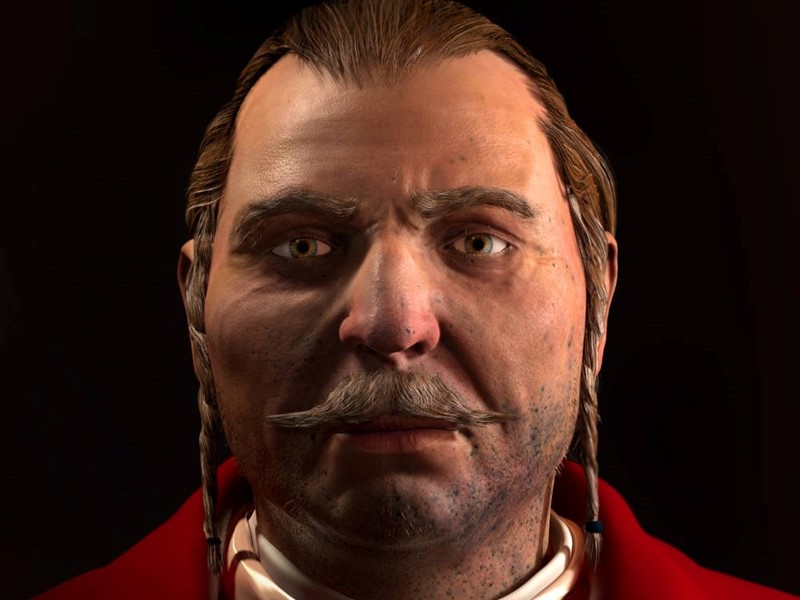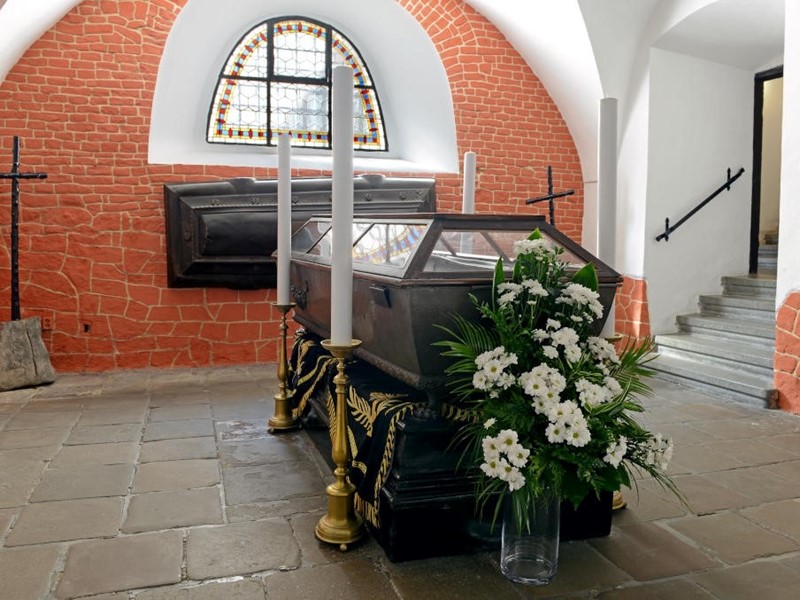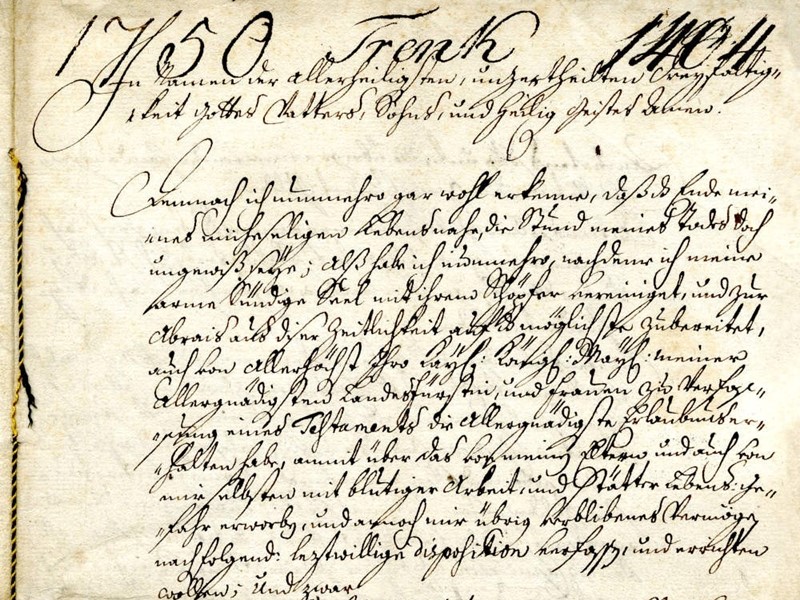Talented Student Turned Professional Soldier
The most famous "resident" of the Brno tomb, whose name has become a legend, was apparently born on January 1, 1711, in Reggio in Calabria to Anna Maria, nee Ketteler, of Hargvatten (?–1726) and Jan Jindřich Trenck (1664–1743), an imperial lieutenant colonel. Their family name is derived from Trenckburg, a now extinct residence in Prussia.
František studied at a Jesuit Grammar School in Šopron (present-day Hungary) and then in Požega (present-day Croatia); he completed his education in Vienna. He was among the gifted students, spoke several languages fluently, became a connoisseur of English literature, and could even sing and play the violin well. In 1727, he joined the Hungarian 8th Infantry Regiment of Count Pálffy, where he rose to the rank of lieutenant. Among other things, he stood out for his eccentric behavior and lack of discipline.
In 1731, Franz married Josephine, daughter of Jan František Baron Tillier, commander of the Petrovaradin fortress (present-day Serbia). The young couple moved to the Brestovac estate in Slavonia (part of the territory of present-day Croatia and Serbia), which was purchased for them by Trenck's father. However, happiness eluded them; they had several children who died shortly after birth, and not long after, Josephine also passed away. Trenck never remarried and devoted all his energy to his military career.




